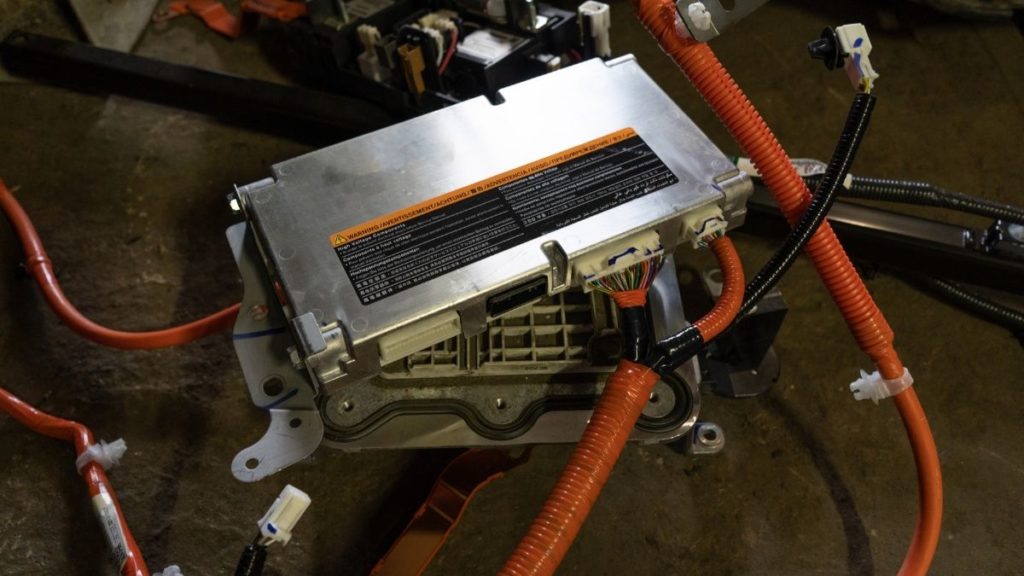
The Battery Management System (BMS) is a system that manages and protects the battery for its well-being in any electronic device. It monitors multiple factors like the voltage, current, state of charge, temperature, and more.
However, there are three main functions of a Battery Management System.
- Protection of Battery Packs: It protects the battery from getting damaged by being overcharged (when the voltage gets too high) or discharge (the voltage gets too low). BMS constantly monitors all the cells in the battery pack by calculating whether a safe amount of current is going in (charge) the cell and coming out of it (discharge).
It maintains the safe limit for both charging and discharging of the cells, thus, preventing them from getting damaged.
- Calculation Of State Of Charge (SoC): This simply tells us how much energy or charge is left in the battery. It does it by monitoring cell voltages and calculating the amount of energy drained.
- Safety of Battery: BMS also looks after the safety of batteries by checking and informing if there is any loose connection, any issue with wire insulation, damaged cell, short circuit, or any other fault.
Battery Management System (BMS) In Electric Cars

In addition to the aforementioned functions, BMS does a lot more for maintaining batteries in electric cars.
- Maintaining Temperature: BMS plays a vital role in maintaining the temperature of the battery pack. It monitors the proper functioning of the fan or thermal fluid in case it’s liquid-cooled. This way it regulates the battery temperature and keeps it in an optimized range.
- Cell Balancing: Sometimes cells in a battery pack get charged more than others. In this case, BMS intelligently releases excess energy from the overcharged cells to balance the cells.
- Display Real-Time Values: Most importantly, with the help of BMS, you get real-time values like miles your car can cover, battery percentage, the time required for a full charge, temperature, etc. right on your screen.
For the proper functioning of BMS, calibration is required. Let’s have a brief overview of it.
What Is BMS Calibration?
If you are an electric vehicle user, then sometimes you may notice that the display containing battery information isn’t showing the correct values.
For example, it may not show the correct percentage or the distance it can cover. This happens when the BMS fails to recalibrate itself successfully. Therefore, to rectify this, the BMS needs to calibrate itself.
There are different ways of calibrating BMS and you will need support from the automaker to do this. However, here are some of the most common practices:
- Leave your car overnight by completely turning off the power, allowing it to deep sleep.
- Slowly charging your vehicle up to 100%.
- Avoid charging your vehicle frequently or every night.
If this doesn’t work or improve the calibration process, then contact your company.
Anyway, this was a brief overview of the Battery Management System in electric cars. We hope this will be helpful for you.
The post What Is Battery Management System (BMS) In Electric Cars? appeared first on Fossbytes.
What Is Battery Management System (BMS) In Electric Cars?
read more
No comments:
Post a Comment